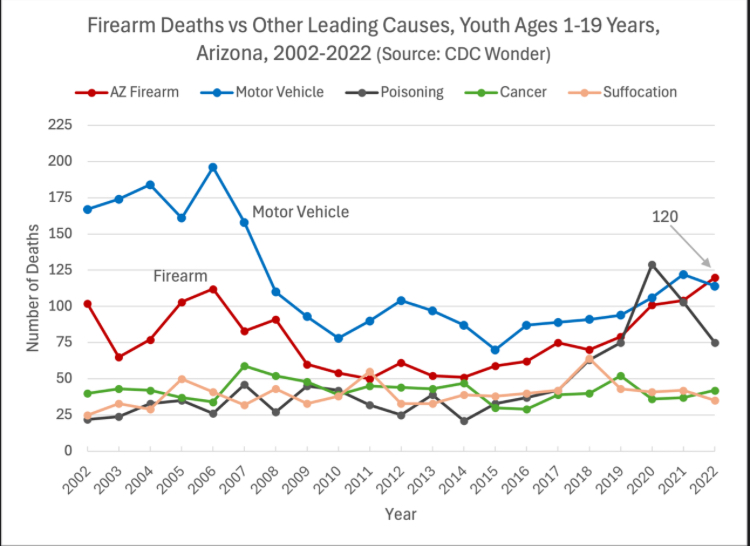Americans continue to pay more for prescription drugs than anyone else in the world. This has been a long-standing and well-documented problem. A key driver isn’t just what patients pay out of pocket—it’s the actual list prices of the drugs themselves. These prices inflate private insurance premiums, drain the Medicare trust fund, and strain household budgets across the country – damaging the social determinants of health.
One of the key reasons for this price disparity has been Medicare’s historic inability to negotiate prices directly with drug manufacturers. This changed modestly with the 2022 Inflation Reduction Act, which gave Medicare limited authority to negotiate the prices of a small number of high-cost drugs.
It was a step forward, but really a C-. By contrast, a more aggressive bill—H.R. 3, the Lower Drug Costs Now Act—would have required the Medicare to negotiate prices for hundreds of drugs. That bill did not pass in large part because Senator Sinema cut a deal with big pharma to sabotage HR3.
This week the Trump administration block, copied, and pasted the executive order from his first term to use ‘international reference pricing’ to cap what Medicare pays for some Part B (physician administered) drugs.
This “Most Favored Nation” approach would tie Medicare payments for physician-administered drugs (Part B Drugs) to the lowest price paid by similar wealthy nations. On paper, it’s an appealing proposal. After all, why do we pay two to four times what other countries pay for the same meds?
Note: The EO only applies to Part B Drugs administered by physicians – not Part D drugs (the lion’s share of medications). Medicare spends about $150B on Part D drugs vs. just $50B on Part B drugs – so this proposal doesn’t include the majority of meds and none of the drugs one gets at the pharmacy.
During Trump’s first term his HHS Secretary finished a rule to apply MFN pricing to 50 high-cost drugs, but the rule was blocked by the courts before it could take effect.
Fast forward to the 2.0 drug EO this week: The administration has issued a new executive order trying the same thing again. The language and structure are almost identical to the earlier version that was struck down. And so, the question looms—will the courts allow it this time?
Delivering Most-Favored-Nation Prescription Drug Pricing to American Patients – The White House
There’s reason to be skeptical. If the new version doesn’t address the legal shortcomings of the earlier rule it’s likely to also crash and burn.
Still, it’s not meaningless. It keeps the conversation alive and signals – for the first time – bipartisan frustration with drug pricing in the U.S.
Whether through MFN pricing, more aggressive negotiation powers for Medicare, or robust patent reform, meaningful change is still both necessary but elusive because of the chokehold big pharma has on Congress.
For now, the new executive order is worth a try—but don’t hold your breath. And remember, HR3 would have been an ironclad solution.


